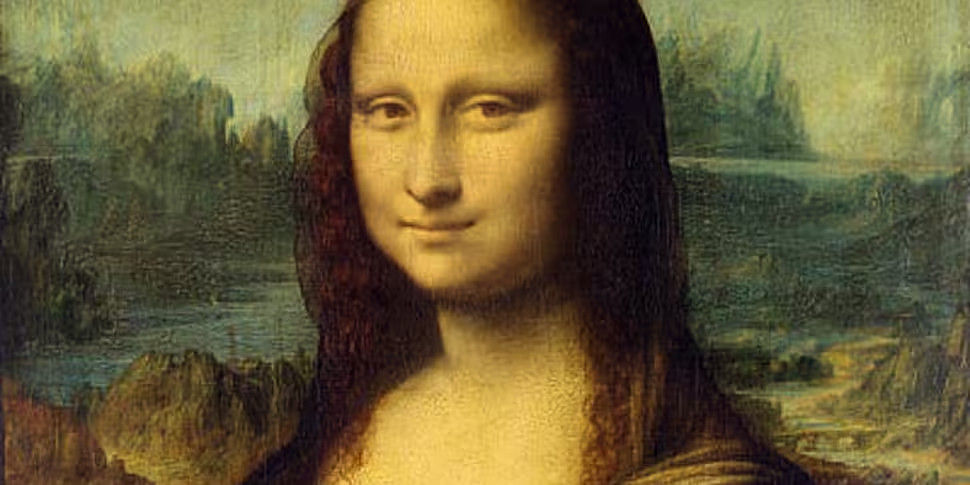Of all the works of art that have been produced to date, one stands out as the most recognisable of all-time. It has been described as ‘the best known, the most visited, the most written about, the most parodied work of art in the world.’ It is, of course, the Mona Lisa.
The painting is a portrait by Leonardo Da Vinci, completed in the early sixteenth century. The exact date is unclear, with estimates ranging from 1506 to 1517. The subject of the portrait also attracts much debate. It is widely believed to be of Lisa Gherardini, the wife of Francesco del Giocondo, a wealthy and powerful silk merchant from the Italian city of Florence. However, alternative suggestions have been put forward, arguing that the painting portrays a different subject. Proposed subjects include the painter’s pupils and Leonardo Da Vinci himself!
Fascination reins over the nature of the portrait too. In particular, the subject’s famous smile has stirred the imagination of writers and painters for generations. The enigmatic subject combined with the quality of Da Vinci’s composition has served to mark the Mona Lisa as one of the worlds’s defining works of arts.

Leonardo Da Vinci
Despite the consensus that the painting was commissioned by del Giocondo, the work never came into his possession. When Da Vinci died in 1519, it is believed that he left the painting to King Francois I of France, where it became the pride of his private collection.
It wasn’t until the late eighteenth century that the Mona Lisa found a permanent home, when the Louvre museum was opened in Paris. It has remained there for centuries, but not without incident. Most famously, the paintings theft in 1911, by Vincenzo Peruggia, saw its disappearance for two years, until its discovery in 1913. Coincidently, the theft served to increase the profile of the painting to the wider public.
During this time it has undergone various periods of restoration, while much attention is paid to its continued preservation, demonstrated by its time in hiding during both the Franco-Prussian War and World War II.
It has been on show in United States from 1962 to 1963, where it was exhibited in New York City and Washington D.C. It was also shown in Tokyo and Moscow in 1974, before returning home to the Louvre.

President John F. Kennedy and First Lady Jacqueline Kennedy at Opening of Mona Lisa Exhibit at the National Gallery of Art in Washington, D.C.
It has been said that parody is the ultimate form of flattery. In the case of the Mona Lisa, that is certainly true. Famous twentieth century Dadaists and Surrealists, such as Marcel Duchamp and Salvador Dali, have been influenced by the work. This is evidenced by the formers ‘L.H.O.O.Q.’ one of his most famous readymades, which satires the portrait. Similarly, Dali’s ‘Self Portrait as Mona Lisa’, made in 1954, is inspired by Da Vinci’s famous work.
Most pertinently, the Mona Lisa remains the world’s most famous painting. Its popularity is demonstrated by the attention it attracts, as it visited by over six million people every year in the Louvre.
On this week’s ‘Talking History’ Patrick and his panel of experts will venture into the world of art history and assess the legacy of the renaissance’s most recognisable work.
How did this painting come into the possession of the French Republic? Does it compare with other works of the renaissance period? And what is the legacy of the Mona Lisa in contemporary art?
Listen in to find out the answers to these questions and much more.









